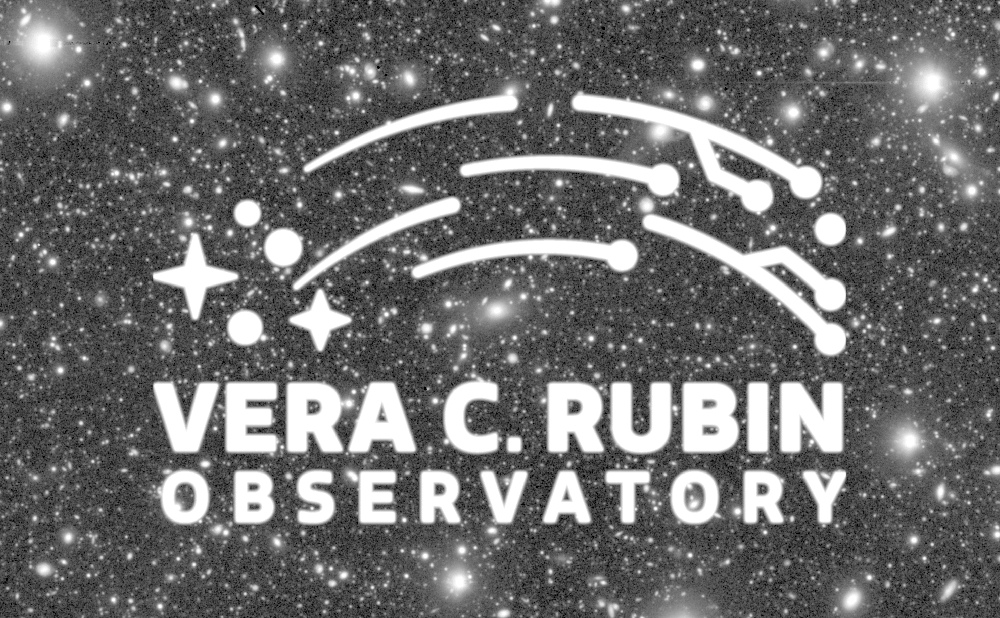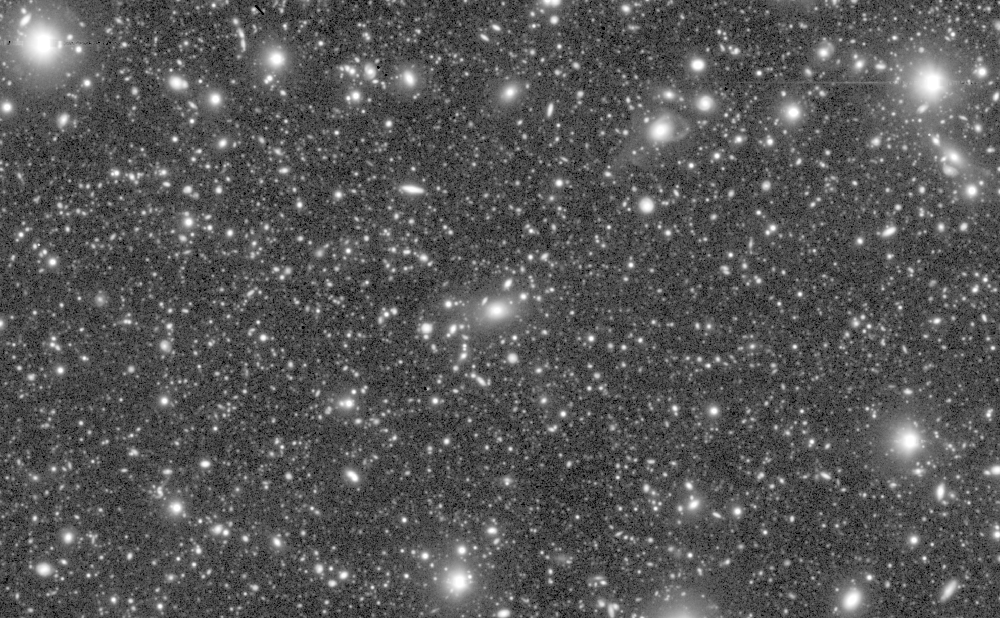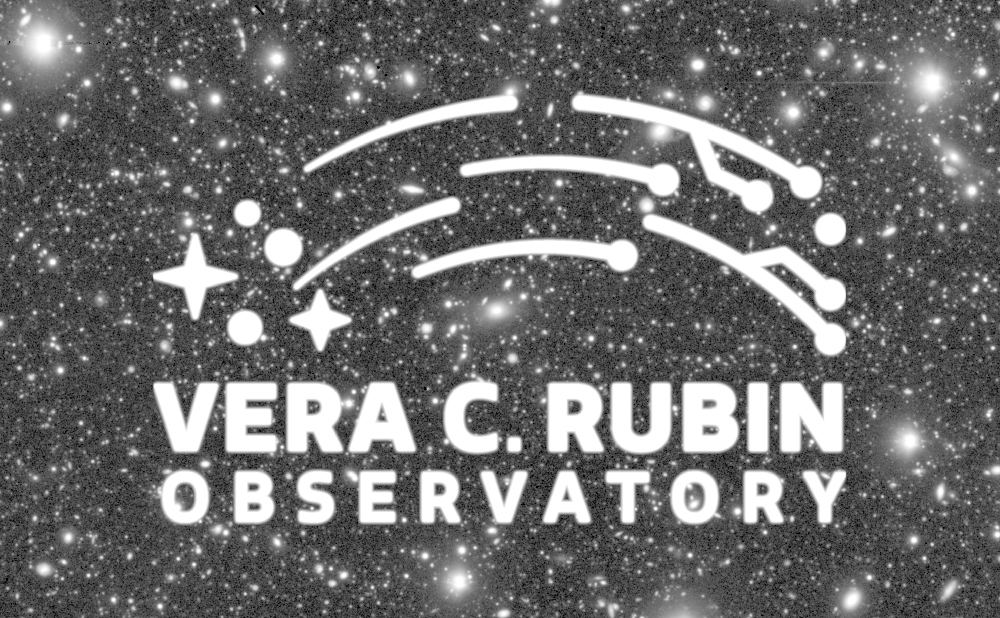Frequently Asked Questions¶
Frequently Asked Questions (and Answers) about Synthetic Source Injection¶
This page contains a list of frequently asked questions (and answers) about the LSST Science Pipelines’ synthetic source injection framework.
See also
Full documentation for this repository can be found on the main page.
Do I need to run source injection on its own first, or as part of a subset?¶
That depends on what you’re trying to do.
The instructions in Make an Injection Pipeline will add your injection task into any associated subsets.
For example, the inject_exposure task will be added to the step1 subset for the HSC DRP-RC2 pipeline (as of w_2023_39).
Therefore, instead of running inject_exposure directly, you can instead run step1 to reduce raw data, inject sources, and generate calibrated outputs all in one go.
To check what your pipeline looks like and see which tasks get run and in what order, see the instructions in Visualize an Injection Pipeline.
Why don’t I see the injection task in my output pipeline YAML?¶
It may be difficult to see which tasks are being run in your pipeline by looking at the output YAML directly. Instead, use the instructions in Visualize an Injection Pipeline to visualize your pipeline and see which tasks are being run and in what order.
Why do some of my detectors raise the error “No injection sources overlap the data query”?¶
This error is raised when your input injection catalog does not cover either the spatial region or the band (or both) specified by the input data query. For example, at the visit-level, your input injection catalog may only cover a subset of the CCDs in the visit. Alternatively, your input injection catalog may have been registered in a band which has not been specified in the data query.
If the above error is raised due to a lack of spatial overlap, to override this error you may set the config option process_all_data_ids to True.
This will cause the injection task to instead copy any non-overlapping data IDs into your output collection, prefixing the dataset type name with injected_ and appending the INJECTED mask plane.
This can be useful if, for example, you require an entire visit with a common dataset type name for downstream data processing tasks (such as full focal plane sky correction).
All configuration options for a pipeline, a subset or a given task can be shown on the command line using pipetask build, e.g.:
pipetask build \
-p DRP-RC2+injection.yaml#inject_exposure \
--show config
Why am I seeing FileNotFoundError: Not enough datasets (0) found for non-optional connection?¶
This is usually an indicator that you’re not providing enough input data to the pipeline you’re trying to run. Check that all required inputs are available in your input collection, e.g., by using the instructions in Visualize an Injection Pipeline.
How can I determine which visits/tracts/patches overlap my source injection catalogs?¶
There are a number of ways to do this with the LSST Science Pipelines. Much of this can be achieved on the command line, however, the examples below will focus on working in a Python shell to leverage the greater flexibility in that environment.
Note
This method looks for visit/tract/patch overlap with the HTM7 trixel IDs that injection catalogs are registered against. An HTM7 trixel may span a larger area than your input RA and Dec coordinates, so this method may return more results than you expect.
For an alternative approach that uses injection RA/Dec coordinates directly, see below.
First, lets extract the HTM7 trixel IDs for all injection_catalog datasets in your input collection:
import os
from lsst.daf.butler import Butler
# Instantiate a butler and a user.
butler = Butler("/path/to/my/butler/repo")
user = os.getenv("USER")
# Get all injection catalog dataset references.
injection_refs = butler.registry.queryDatasets(
"injection_catalog",
collections=f"u/{user}/my_injection_inputs",
)
# Extract the HTM7 trixel IDs.
injection_trixels = tuple(x.dataId["htm7"] for x in injection_refs)
This will return a tuple of all HTM7 trixels that your injection catalog spans.
Tip
You can add a where argument to the queryDatasets call above to filter the results to a specific data query only, e.g.:
where="band='i'",
Now you have a tuple of injection trixel IDs, you can again query the butler registry for other data IDs that overlap these trixels.
For example, to find the visit numbers for all raw dataset types registered in the HSC/runs/RC2/w_2023_32/DM-40356 collection that overlap our list of injection trixels in the i-band:
# Get the data IDs for all overlapping raw datasets.
injection_raw_ids = set(
butler.registry.queryDataIds(
["visit"],
datasets="raw",
where=f"htm7 IN {injection_trixels} AND band='i'",
collections="HSC/runs/RC2/w_2023_32/DM-40356",
)
)
# Extract the visit number for all overlapping raw datasets.
injection_visits = sorted({x["visit"] for x in injection_raw_ids})
The process for finding overlapping tracts and patches is similar, instead querying the deepCoadd dataset type:
# Get the data IDs for all overlapping deepCoadd datasets.
injection_deepCoadd_ids = set(
butler.registry.queryDataIds(
["tract", "patch"],
datasets="deepCoadd",
where=f"htm7 IN {injection_trixels} AND band='i'",
collections="HSC/runs/RC2/w_2023_32/DM-40356",
)
)
# Extract the tract IDs for all overlapping deepCoadd datasets.
injection_tracts = sorted({x["tract"] for x in injection_deepCoadd_ids})
# Format the results into injection_tract_patch_dict.
injection_tract_patch_dict = {}
for injection_deepCoadd_id in injection_deepCoadd_ids:
tract_id = injection_deepCoadd_id["tract"]
patch_id = injection_deepCoadd_id["patch"]
if tract_id in injection_tract_patch_dict:
injection_tract_patch_dict[tract_id].append(patch_id)
else:
injection_tract_patch_dict[tract_id] = [patch_id]
# Sort the patch ID list for each tract.
for patch_list in injection_tract_patch_dict.values():
patch_list.sort()
The output injection_tract_patch_dict will be a dictionary of overlapping tracts and patches for all considered HTM7 trixels.
Tract IDs are used as keys, with a list of patch IDs as values.
How can I determine which tracts/patches overlap my source injection coordinates using a sky map?¶
Any registered sky map can be used to determine which tracts overlap a set of injection coordinates.
First, lets query the butler registry to get all i-band injection catalog dataset references:
import os
from lsst.daf.butler import Butler
# Instantiate a butler and a user.
butler = Butler("/path/to/my/butler/repo")
user = os.getenv("USER")
# Get all injection catalog dataset references.
injection_refs = butler.registry.queryDatasets(
"injection_catalog",
collections=f"u/{user}/my_injection_inputs",
where="band='i'",
)
Now we can use the butler to get all of our injection catalog data, using the astropy astropy.table.vstack function to concatenate them all together and converting the RA and Dec data for each source to lsst.geom.SpherePoint objects:
from astropy.table import vstack
from lsst.geom import SpherePoint, degrees
# Recombine all injection catalogs into a single table.
injection_catalogs = [butler.get(x) for x in injection_refs]
injection_catalog = vstack(injection_catalogs)
injection_catalog.sort("injection_id")
# Convert RA and Dec to SpherePoint objects.
injection_sphere_points = [
SpherePoint(ra, dec, units=degrees)
for ra, dec in zip(injection_catalog["ra"], injection_catalog["dec"])
]
Finally, we can query a sky map such as “hsc_rings_v1” for all tract and patch overlaps:
# Get the sky map.
skymap = butler.get(
"skyMap",
collections="skymaps",
skymap="hsc_rings_v1",
)
# Find all tract and patch overlaps.
injection_tract_patch_info = skymap.findTractPatchList(injection_sphere_points)
# Format the results into injection_tract_patch_dict.
injection_tract_patch_dict = {}
for tract_info, patch_info in injection_tract_patch_info:
tract_id = tract_info.tract_id
patch_ids = [patch.sequential_index for patch in patch_info]
injection_tract_patch_dict[tract_id] = sorted(patch_ids)
The output injection_tract_patch_dict will be a dictionary of overlapping tracts and patches for all considered injection coordinates.
Tract IDs are used as keys, with a list of patch IDs as values.
Why am I seeing ‘CRITICAL: No datasets of type finalVisitSummary in collection’ when I try to run source injection?¶
This error is raised when you try to run visit-level source injection and your input collection does not contain a finalVisitSummary dataset.
The finalVisitSummary table is a visit-level data product from a prior data reduction run.
It contains our best-estimate final measurements for various visit-level data products, such as the PSF, photometric calibration and WCS solution.
Source injection into visit-level data typically requires a finalVisitSummary dataset to be present in the input collection, unless use of these external data have been explicitly disabled by the user (e.g., by setting external_psf=False in the case of the PSF).
Caution
Where possible, it is strongly recommended to use a finalVisitSummary table for visit-level source injection.
If use of external data from the finalVisitSummary table has been disabled by the user at runtime, the injection task will instead attempt to use internal data products attached to the visit-level dataset.
This may result in degraded performance, particularly for the WCS solution, or may prevent data reduction from progressing at all for injection into some early dataset types.
To resolve the CRITICAL error, check your input collections to ensure that they contain a finalVisitSummary dataset from a prior data-reduction run.
You can query the butler registry to find all available finalVisitSummary datasets in your data repository.
For example, to query for all finalVisitSummary tables for HSC visit 1228:
butler query-datasets $REPO finalVisitSummary \
--where "instrument='HSC' AND visit=1228"
where
$REPOThe path to the butler repository.
How can I run an injection task without making a larger pipeline YAML file?¶
Although it is strongly recommended to make use of the instructions in Make an Injection Pipeline to add your injection task into an existing pipeline, it is of course possible to run an injection task on its own.
The benefit of using the make_injection_pipeline command line script or the associated make_injection_pipeline() Python function are that a number of config overrides and task exclusions for downstream pipeline tasks are automatically set for you.
To just run a source injection task on its own, you may either directly call the source injection YAML file in the $SOURCE_INJECTION_DIR directory when calling pipetask run on the command line, or call the injection tasks directly from within Python (see Injection in Python for more information on this latter approach).
For example, to run the inject_exposure task on its own from the command line, replace the -p argument in Injection on the Command Line with the path to the inject_exposure.yaml file:
...
-p $SOURCE_INJECTION_DIR/pipelines/inject_exposure.yaml
...
where
$SOURCE_INJECTION_DIRThe path to the source injection package directory.
Tip
Even if you only want to run a source injection task on its own now, there’s still nothing preventing you from first constructing a unified pipeline YAML. Afterwards, the source injection task can be selected from this YAML in isolation, allowing you to just run that task alone.
For example, supposing you’ve constructed the pipeline YAML ‘DRP-RC2+injection.yaml’ as in the Make an Injection Pipeline instructions, the inject_exposure task can be isolated by using:
...
-p DRP-RC2+injection.yaml#inject_exposure
...
Do I need to ingest my input injection catalog into the data butler before running source injection?¶
No, you do not need to ingest injection catalogs into the data butler prior to source injection.
It is possible to feed a list of astropy.table.Table objects directly into your injection task from within a Python environment.
For more instructions, see the notes in Injection in Python (skipping the sections which construct an astropy table).
Note that it is not usually desirable to do operate in this manner however, as the output injected catalog may not necessarily contain a full copy of all potential injection sources. For example, if you construct a source injection catalog that spans an entire tract, but then only perform source injection for a single patch, only injected sources spatially close to that patch will have their input catalog data persisted. If you then lose your original astropy table, that data will be lost forever. For this reason, it is usually recommended that your input catalog is ingested first, to facilitate future data analysis and provenance checking.
Please also note that it is not currently possible to perform source injection on the command line without first ingesting an input catalog into the data butler.
Are there restrictions or guidelines for ingesting source injection images and/or catalogs into the butler?¶
Any imaging data product produced by the LSST Science Pipelines can, in theory, have synthetic sources injected into it. There are currently no restrictions on this, but this may change as the user base performing source injection grows.
With regards guidelines, we recommend that users maintain the prefix naming conventions of ‘injection_’ for input source injection data, and ‘injected_’ for output source injection data.
This level of consistency should help to avoid confusion when working with multiple data collections and with other collaborators.
However, these naming conventions are not strictly enforced, and you are free to use whatever naming convention you prefer.
Where can I find more information on source injection?¶
For more information, consult a quick reference guide or head back to the main page.


